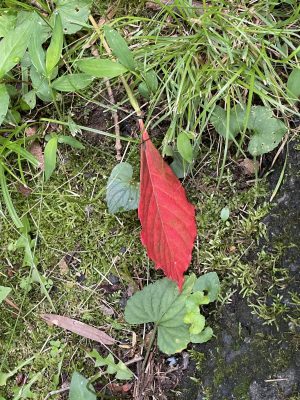Red is one of the three primary colors, along with blue and yellow. The Lord built our entire color spectrum with only three colors. Three, like the Trinity. Yesterday, as I walked the greenway, I noticed that several crimson leaves had fallen with the previous night’s windstorm. In June, this is an odd occurrence. Usually I don’t see this until late summer when the heat has worn down the trees from periods of drought.
This made me think about the color red. Usually, in its purest form, it is a rarity, such in some mushrooms. And as you can see, it quickly changes to orange.
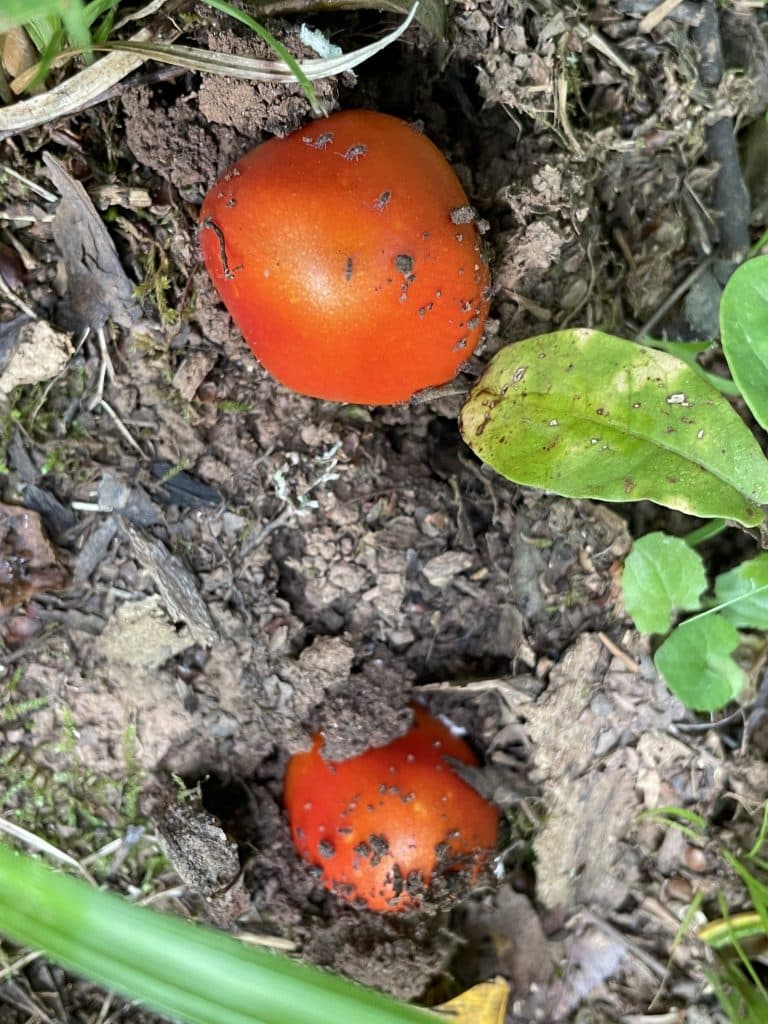
When I look around, most of our world is not in primary colors but a mixture of these colors. Green is the most prevalent color in summer, blanketing our lawns and forests. Painting landscapes, I’ve learned how tricky it is to find a shade of green that looks like what I see with my eyes. There are endless choices depending on how much yellow and blue you use. Lighting also changes the colors dramatically. Bright sun washes out colors. Morning or evening light is often clearer and displays colors vividly. One of my hydrangeas gets minimal sunlight. Its blossoms are a deep rich blue when compared with those that get more sun.


Our summer skies range from shades of almost white to robin’s egg blue to deep lapis. The clearest blue skies I’ve found are on Nantucket and in Scotland. With the clean air, the sky reflects on the water, making it bright blue. You rarely see a pure blue sky and I am stunned when it even comes close. I often wonder how pure the color of the sky was for Adam and Eve. Or how blue it will be when our Lord creates His new world for us.

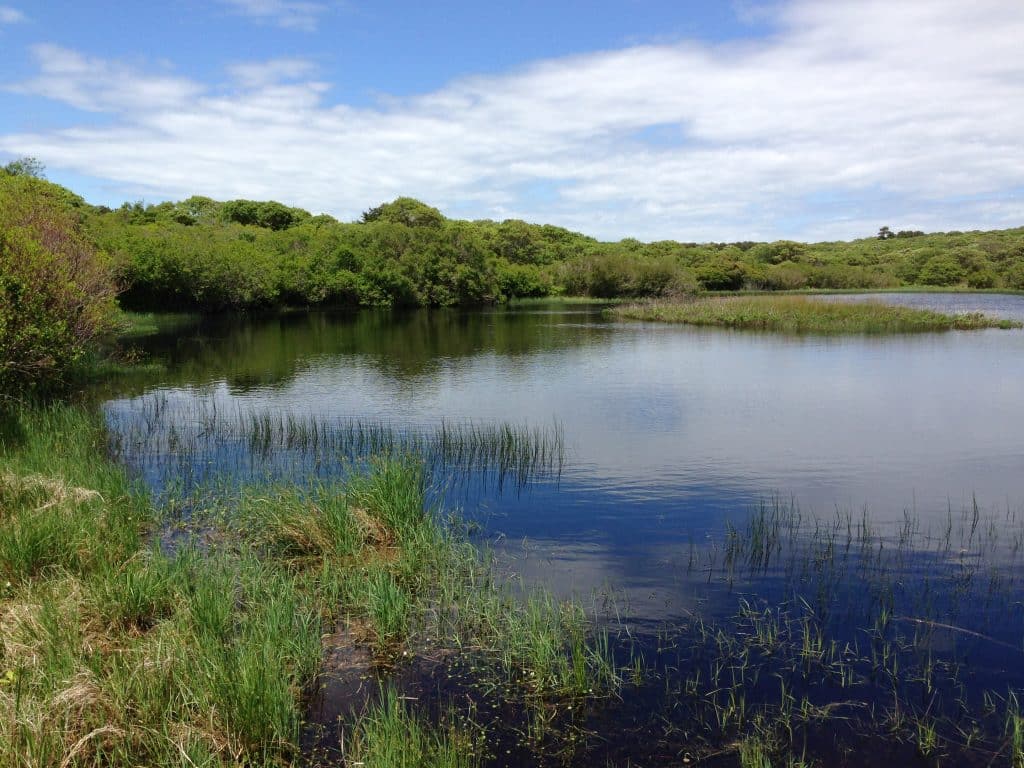
Rarely in nature do you find a clear bright color that is close to the primary three. For me, most of these examples are memorable. One of the delights of summer in North Carolina is the arrival of the indigo buntings. They prefer one spot near the stream where I walk, perching on the highest branch they can find on any tree.
Once you know their song, you can spot them against the sky singing to the sunshine. If you get close enough, you will see the brilliant iridescent color of their feathers.
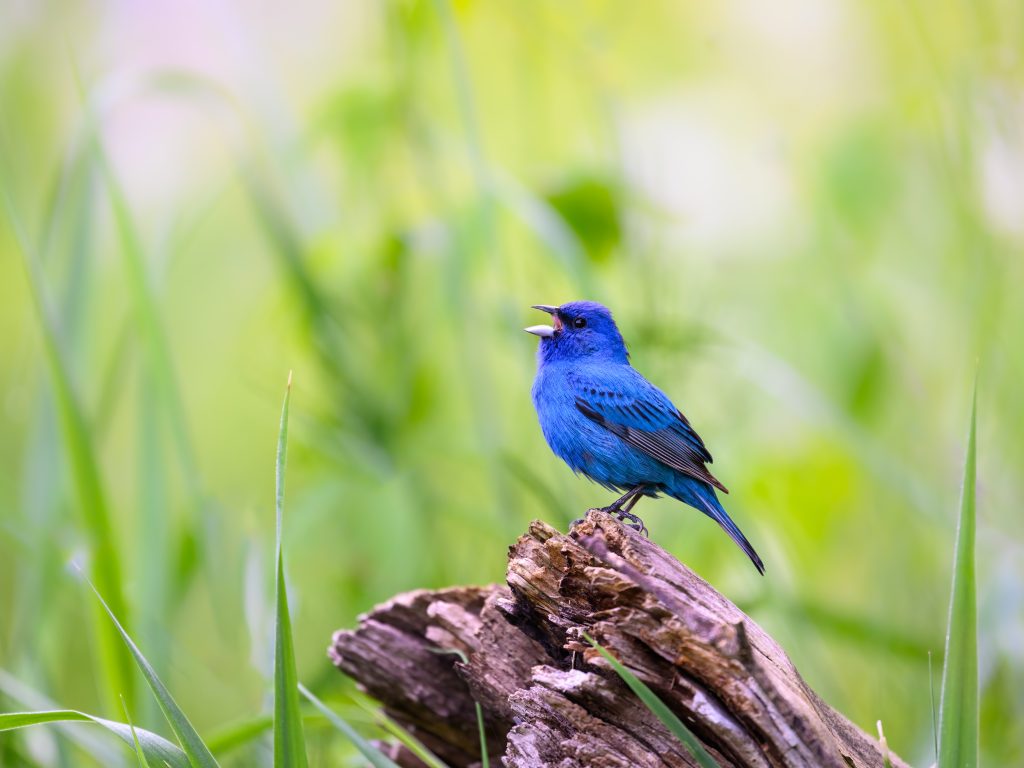
We have a few bright red birds. Cardinals are so welcome deep in the winter months when everything is gray and brown. Even brighter are the scarlet tanager and vermillion flycatcher. And who can forget the flash of bright yellow that a goldfinch brings to our summer feeders? Of course, there are exceptions to what I am saying, mostly in the tropics, where everything is more colorful.

Look at the flowers in your garden and you’ll find a myriad of color shades delightfully painted by our Creator. Of course, there are the bright red flowers such as geraniums and sage that attract our hummingbirds. And the tropicals, such as hibiscus, in vibrant reds and yellows. But there are some exceptions such as the brilliant spring forsythia and the dark night sage that grows prolifically in my garden. It’s fun to go through all the plants and flowers you know and see how many you can find that are close to being a primary color.
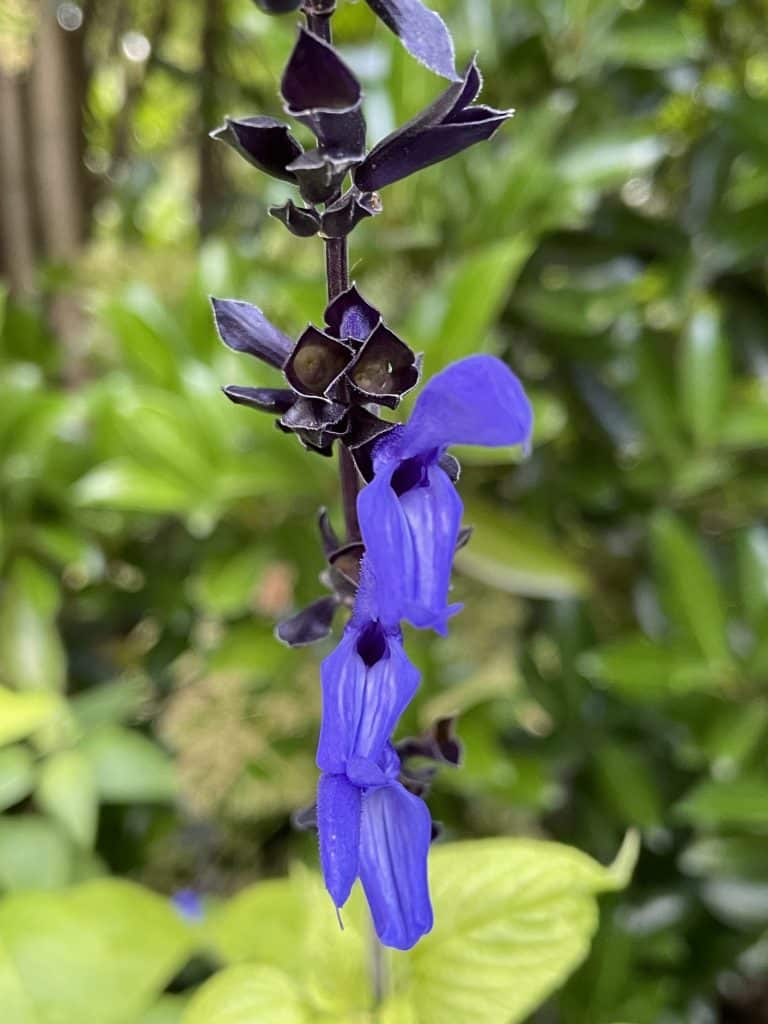
We know God created our eyes to discern certain colors. And some of our feathered friends, like the hummingbirds, have iridescent colors that only they can see! Who knows what additional color palettes we will find in heaven when we see with spiritual eyes? I wonder what colors are in the rainbow that stands behind the throne of God? Can’t wait to see!
“Come now, let us reason together, says the LORD: though your sins are like scarlet, they shall be as white as snow; though they are red like crimson, they shall become like wool.”
Isaiah 1:18 ESV
